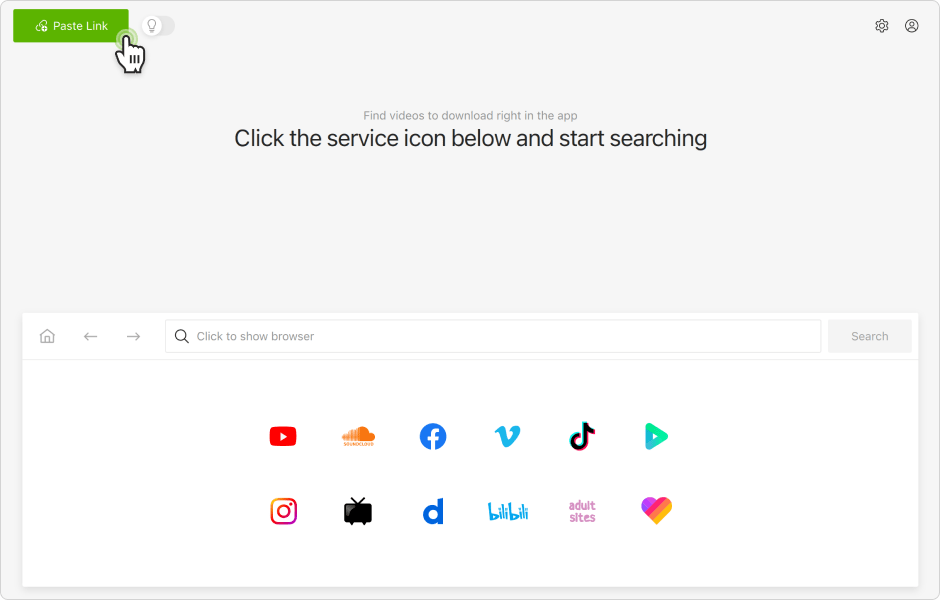
Keep in mind that, as of early March 2013, we don't yet have premium content available for 4K playback, although as mentioned in an article on the 2013 Mobile World Congress, that is beginning to change. Using 720p and 1080p as baselines, with their respective 1280 x 7 x 1080 pixel resolutions, let's look at how the new 2K and 4K formats stack up against HD and True HD monitors. Ignoring the fact that the vast majority of HD broadcasts are in 480i or 720p, the "True HD" push became one of delivering premium content via Blu-ray players and, to a lesser extent, digital downloads and streaming.

While the US based its HD television resolutions on NTSC, Europe used PAL which meant the P in 720p is a constant 25 fps.Īfter flooding the market with 720p monitors during the analog-to-digital broadcast rollover, consumer electronics manufacturers decided it was time to push consumers towards "True HD" or 1080p, with its 1080 lines of vertical resolution. When flat-panel HDTVs first reached critical consumer mass, the format was 720p, or 720 vertical lines of resolution, at a progressive (the "P") rate of either 24 or 30 frames per second (fps) in the United States. What exactly are 2K and 4K resolutions, and how do they differ from today's HDTV resolutions? More importantly, what approach should the streaming industry take to these new resolutions? 720p and 1080p HDTV These new monitors use just one of several 2K and 4K resolutions that consumers and content producers will face over the next few years.

Soon, the average consumer will have access to flat- panel "Ultra HD" monitors that make the resolution of the 1080p "True HD" HDTV sitting in their living room seem almost like the quality of old analog television.

This is another installment in our series of "What Is.?" articles, designed to offer definitions, history, and context around significant terms and issues in the online video industry.


 0 kommentar(er)
0 kommentar(er)
